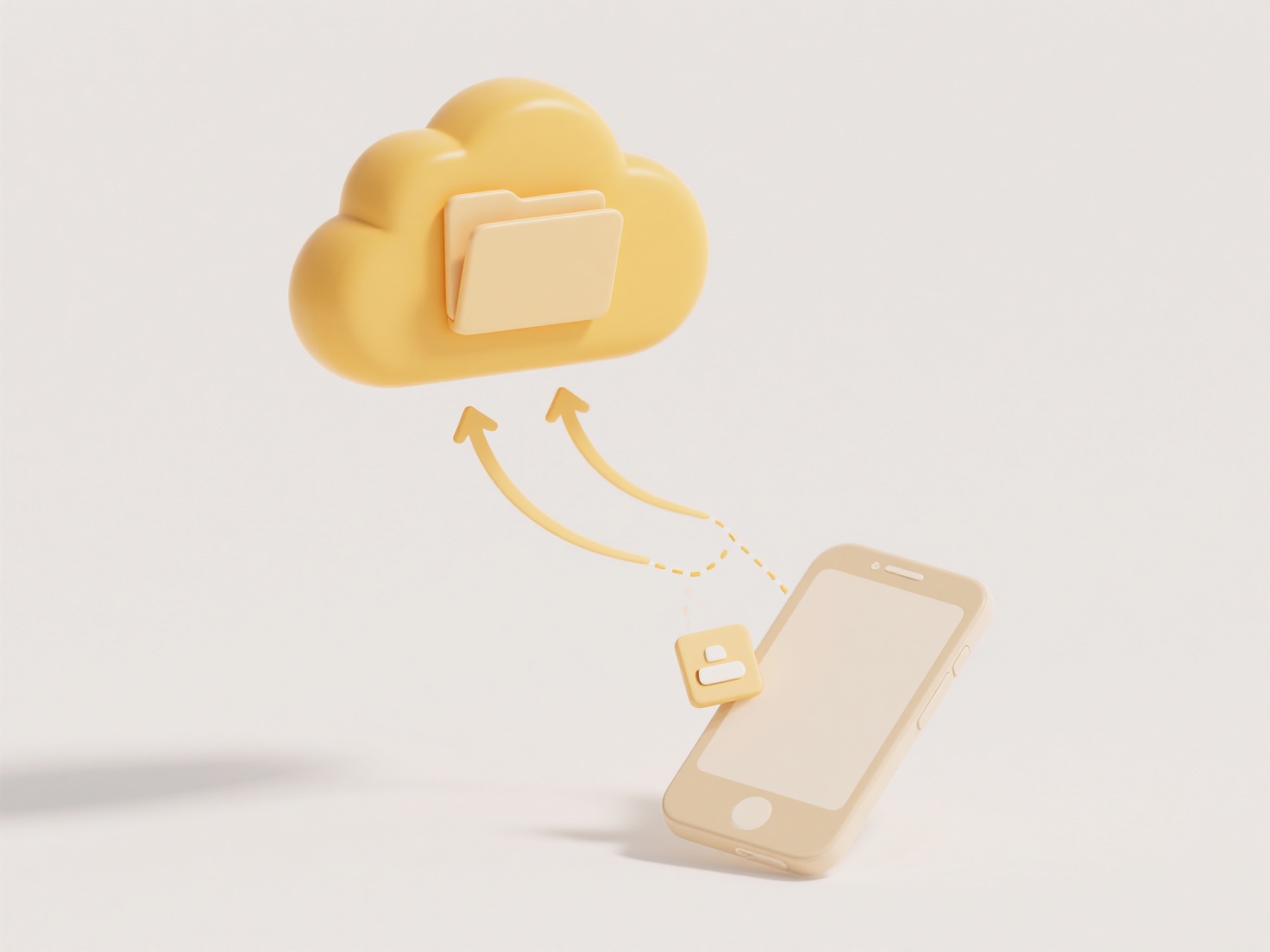
Shared files prevent renaming primarily to maintain system integrity and collaborative stability. When multiple users access a document simultaneously or various processes rely on a consistent file path, altering its name could break crucial links or references. This differs from renaming a private file you solely control, as a shared file's name acts like a universal identifier within the collaborative environment or system, ensuring all parties find and interact with the correct resource consistently.

This restriction is common in cloud collaboration platforms like Google Drive or Microsoft SharePoint. For instance, renaming a shared design specification document mid-project could invalidate hyperlinks embedded in project plans or emails, causing confusion. Similarly, a shared configuration file on a company network server cannot be renamed by an individual user without potentially disrupting automated processes or scripts that rely on its exact name to function.
The limitation protects against errors but reduces individual flexibility. While preventing accidental disruptions, it can frustrate users needing better organization. Future solutions might offer safer, synchronized renaming processes. Despite this constraint, the core benefit remains: ensuring shared resources remain reliably accessible to everyone involved, which is fundamental for efficient teamwork and system reliability.
Why can’t I rename a shared file?
Shared files prevent renaming primarily to maintain system integrity and collaborative stability. When multiple users access a document simultaneously or various processes rely on a consistent file path, altering its name could break crucial links or references. This differs from renaming a private file you solely control, as a shared file's name acts like a universal identifier within the collaborative environment or system, ensuring all parties find and interact with the correct resource consistently.

This restriction is common in cloud collaboration platforms like Google Drive or Microsoft SharePoint. For instance, renaming a shared design specification document mid-project could invalidate hyperlinks embedded in project plans or emails, causing confusion. Similarly, a shared configuration file on a company network server cannot be renamed by an individual user without potentially disrupting automated processes or scripts that rely on its exact name to function.
The limitation protects against errors but reduces individual flexibility. While preventing accidental disruptions, it can frustrate users needing better organization. Future solutions might offer safer, synchronized renaming processes. Despite this constraint, the core benefit remains: ensuring shared resources remain reliably accessible to everyone involved, which is fundamental for efficient teamwork and system reliability.
Quick Article Links
What format should I use to export a website backup?
A website backup format refers to the container type used to package and store your website's files and database. Common...
How do I save data from Excel without formulas?
Saving Excel data without formulas means preserving the current displayed values while removing the underlying calculati...
Can I convert a .zip file to .rar?
You cannot directly convert a ZIP file to a RAR file because they are distinct archive formats using different compressi...